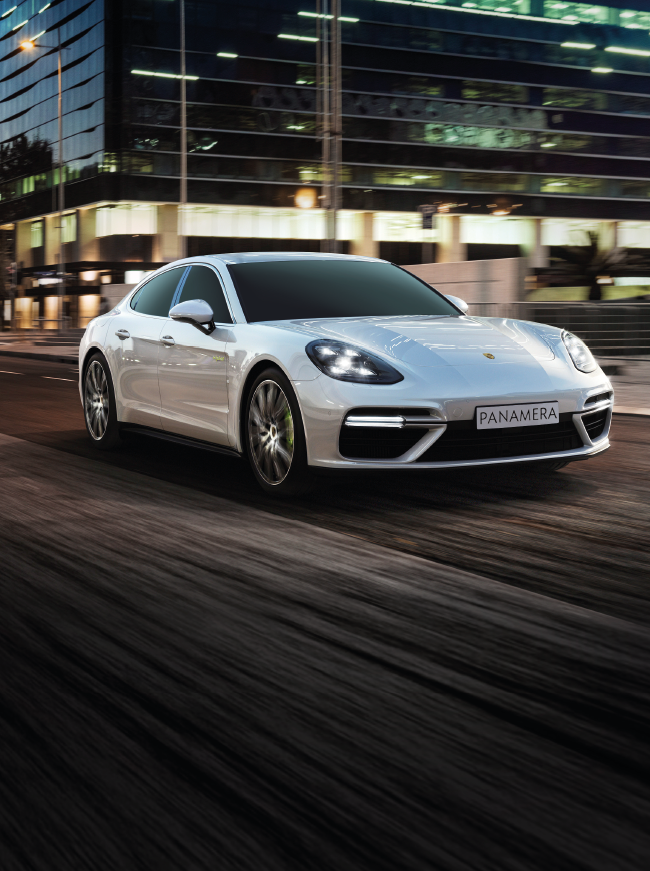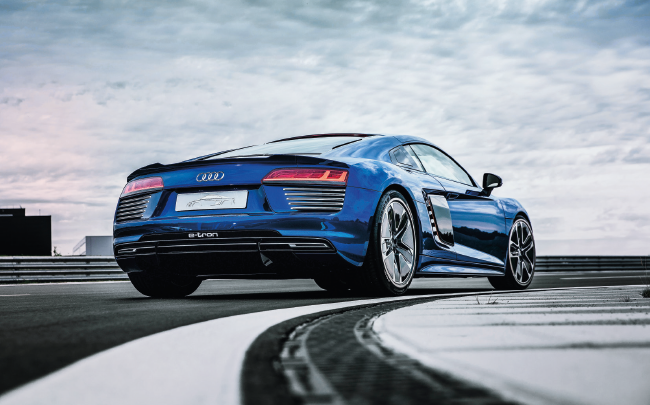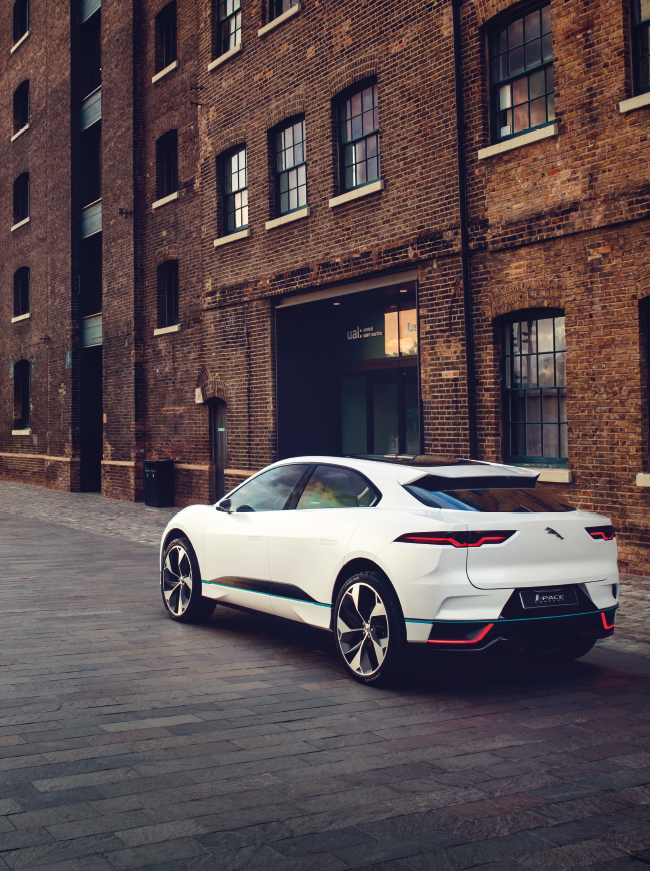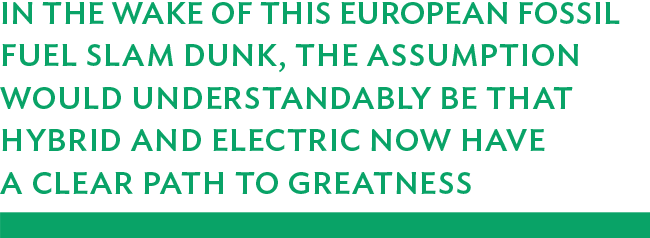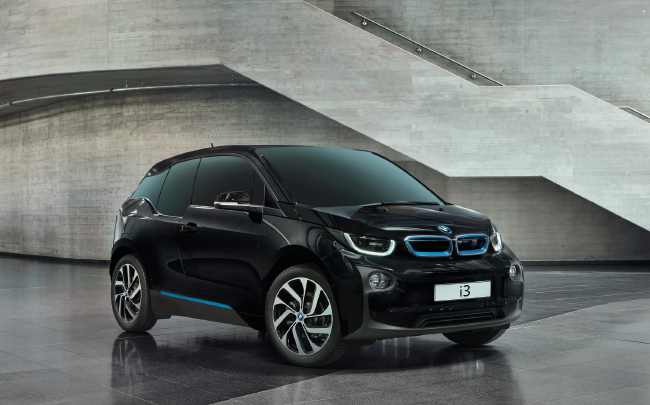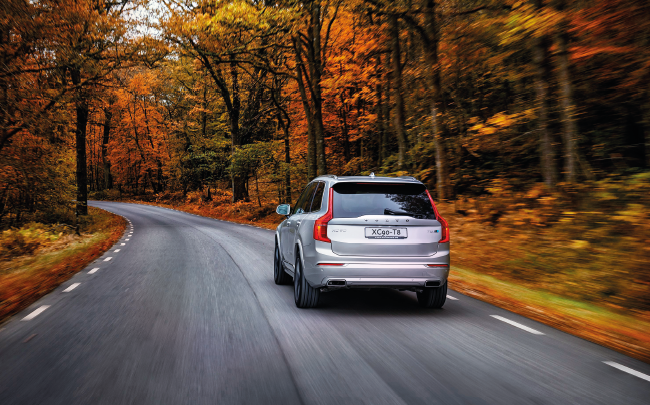You have to feel sorry for the handful of trend forecasters tasked with intuiting the future of motoring. Just six months can rip apart a well-researched PowerPoint presentation and leave reputations in tatters. Witness the latest attempts to gaze into the collective crystal ball. Diesel – in the naughty corner facing the wall since Dieselgate broke – looked set to make something of a comeback in 2017, with various manufacturers punting the positives of the fuel in sophisticated campaigns accenting diesel’s carbon monoxide advantage over petrol.
No deal though. They were stymied by the Norwegians announcing a total ban on all diesel and petrol cars by 2025 – which in automotive terms is this evening. The UK, France and Germany followed suit, and #dieseldeathwatch has been trending ever since. The irony is fierce. Europe’s super-clean diesel cars are global flag bearers for sustainable efficiency, while the world’s greatest polluters – the US and China – aren’t partial to diesel in the slightest, at least not in their cars.
In the wake of this European fossil fuel slam dunk, the assumption would understandably be that hybrid and electric now have a clear path to greatness – superficially, certainly. Neither hydrogen nor solar have proven themselves viable alternatives. However, it’s not that simple, and understanding why the disruptors have not seized the day requires a closer look at the current automotive context.
Firstly, the oil-producing nations remain a formidable lobby, and while the US and Middle East may be locked in a wells/fracking war of attrition, both have enormous industries to prop up and stand shoulder to shoulder fighting for the fuel-consuming combustion engine. Alongside them on the ramparts is the motor manufacturing sector, employer of a significant percentage of the world’s factory-based workforce. Against a global backdrop of haemorrhaging semi-skilled labour, the potential loss of so many jobs becomes a political hot potato as much as an economic headache.
Adding muscle to the traditionalist forces of combustion propulsion is electric’s ongoing bugbear, the battery, with its issues of energy storage, lifespan, disposability and range. Developments there most certainly are – almost monthly – but the public relations war is a tough one to win, especially with a flotilla of older-generation, short-range cars on the road that are hardly ambassadors for the latest advancements.
Finally, the trusty old combustion engine has seen great advances of late, enabling it to wipe the floor with electric and hybrid in terms of overall economy, sophistication and, crucially, cost. Improvements in forced induction – turbocharging and supercharging – mean smaller engines can now safely be tasked with propelling larger cars, while developments in lubricants, alloys and engine manufacturing techniques have reduced friction and energy wastage.
Homogenisation of engine parts across models, ranges and even marques has meant a new cost effectiveness. But arguably the most important advance is in the field of electronics – engine management systems are now the new policemen of efficiency.
So to this point, at the close of 2017, the pendulum has swung decisively the way of the simple, ever-improving combustion engine. Fossil fuel prices are at near historic lows and technophobia levels still high. In this climate, significant announcements have been made. Porsche won’t make a 911 plug-in hybrid, the new VW Polo hybrid has been mothballed and there will be no electric Rolls Royce, as promised – a few among many negative developments.
It ain’t over till the fat lady sings… And yet, as if to underline the chaotic state of the sector, contradictory declarations too from the industry’s great and good have been made. Porsche CEO Oliver Blume confirmed the Panamera Turbo S E-Hybrid is a dead cert for SA and VW CEO Herbert Diess recently stated that the Golf 8 GTI will feature a mild hybrid power option (a small electric motor boosting absolute output). In the wake of London’s death-to-diesel declaration, VW has also committed to sell 1 million electric cars globally a year by 2025, insisting – even as it kills the Polo hybrid – that ‘electric cars will be the new hallmark of Volkswagen’.
Sister company Audi has its own grand plans. The new electric SUV is finally confirmed and will simply be called Audi e-tron, with no other nomenclature. This suggests that the e-tron family – supposedly three all-electric vehicles by 2020 – might not follow that timeline. Indeed, the bahnstormer R8 e-tron has been quietly cancelled.
The assertions continue. Jaguar’s local MD Richard Gouverneur confirmed that Jaguar’s i-Pace all-electric SUV will definitely be seen on SA roads, as well as an electric Land Rover (though the date keeps moving out – both stand at 2020 in the latest reports).
Volvo, addressing shareholder concerns post the impending Norwegian ban on diesel and petrol, announced that all its vehicles will be partly or completely battery-powered by 2019, conveniently within the timeline.
However, perhaps the most illuminating recent utterance has been from plain-speaking Mercedes-AMG chief Tobias Moers who, when pressed on the likelihood of an AMG electric car said: ‘There will be an AMG pure electric car, but I don’t know when. Because otherwise AMG will disappear as a brand.’ The important part is the rejoinder – essentially that, thanks to the legislators rather than any long-term Affalterbach strategy, there is simply no choice. Changes must be made as combustion is being outlawed in the halls of Brussels, if not Washington or Beijing. Hence the flood of corporate positivity, even as the world offers a lukewarm (at best) response to charged cars.
Currently there are just two fully electric cars on local offer – BMW’s iconic little i3 and Nissan’s evergreen Leaf, together managing 100 sales in 2016. If that sounds paltry, the international figure is more or less on par – 1% of 78 million in 2016, and most of those Chinese, where aggressive subsidies for local manufacturers and buyers have prompted thousands to buy the (often poorly made) car – and promptly fit an optional petrol engine.
Hybrids do far better internationally than locally. According to Statista, those selfsame trend gurus suggest the market will grow 16% by 2024, as manufacturers look to beat the bans and offer a degree of electric with the option of a combustion back-up. SA’s hybrid family is well-established – Volvo, BMW, Lexus, Mercedes-Benz, Toyota and Porsche play in a mostly exclusive segment, not known for its high volumes.
News out of Sweden is that the much-anticipated XC40 baby SUV to rival the BMW X1 will get a local launch. The baby brother of the range-topping XC90 and intermediate XC60 (due soon) will be the first car to feature Volvo’s new three-cylinder fuel engine. But fuel is not what Volvo is going to be about.
The Scandinavians pinned their colours to the mast long ago, suggesting in 2008 that the era of electric would be on us before we knew it and manufacturers should be prepared. Right on the money – and their all-singing, all-dancing XC90-T8 twin engine has rewritten the book on large SUVs – being handsome, quick, nimble as well as fuel-efficient. The key was employing what the company calls a twin-engine solution – a conventional 2.l, four-cylinder turbo- and supercharged engine powering the front wheels, and an electric motor powering the rear. On the road the claim of seamless integration is borne out – it’s almost impossible to feel the electric motor add its 65 kW to the existing 235 kW shove. The 9.2 kWh lithium-ion battery pack can be charged at home by means of a simple wall socket (no charging station) and takes about three hours to charge, offering a range of 40-odd km.
The rest of the car is essential modernity, the rolling equivalent to an iPhone – carefully built, impossibly trendy, seen at all the best play days and packed with digital and interactive tech. That it is usefully capable off the tar is, to many owners, simply an added bonus.
Also plying their hybrid trade are BMW, whose 330e, 740e, i8 and XDrive40e will soon be joined by the delicious, brave i8 Roadster. First pictures of the car suggest it will be a truly collectable classic.
Lexus has recently updated its NX range of crossover SUVs, giving the soft-roader an adaptive variable suspension system as well as a better interior, although the nasty mouse-operated infotainment system remains. The flagship NX 300h is as smooth and sophisticated a hybrid as exists today. The other Lexus news is the expected arrival of the flagship LS 500h by March 2018, a wholly new car given a modicum of sex appeal by way of new panels, new interior and spiced-up twin-engine hybrid system.
From Stuttgart, the Mercedes-Benz S500e continues to lead the marque, but the more useful C350e (manufactured in SA) and the GLE500e are possibly better options, certainly from a price perspective. The C350e is a particularly tasty machine – elegant and frugal to the point of silliness yet dynamically rewarding to boot, thanks to the latest much admired chassis.
It’s clear then that the SA electric and hybrid market is tiny, and desperately needs help to grow. But given the political lethargy, government seems focused on keeping as many existing jobs in the traditional sector as possible without causing too much disruption. That’s going to be a big ask.
There may be a glimmer of hope though. The recently formed Electric Vehicle Industry Association is hoping to raise awareness and lobby for practical aids. Top of the list is a reduction in import duties – electric vehicles are charged 25%, while conventional vehicle imports are levied at just 18%.
The association wants zero duties on those electric cars, help with charging stations and incentives for buyers – be they tax breaks or actual subsidies. It’s a cheeky ask, but if SA is to be anything close to ready for the seismic international shift coming, it needs to make a start. Thumbs held.

